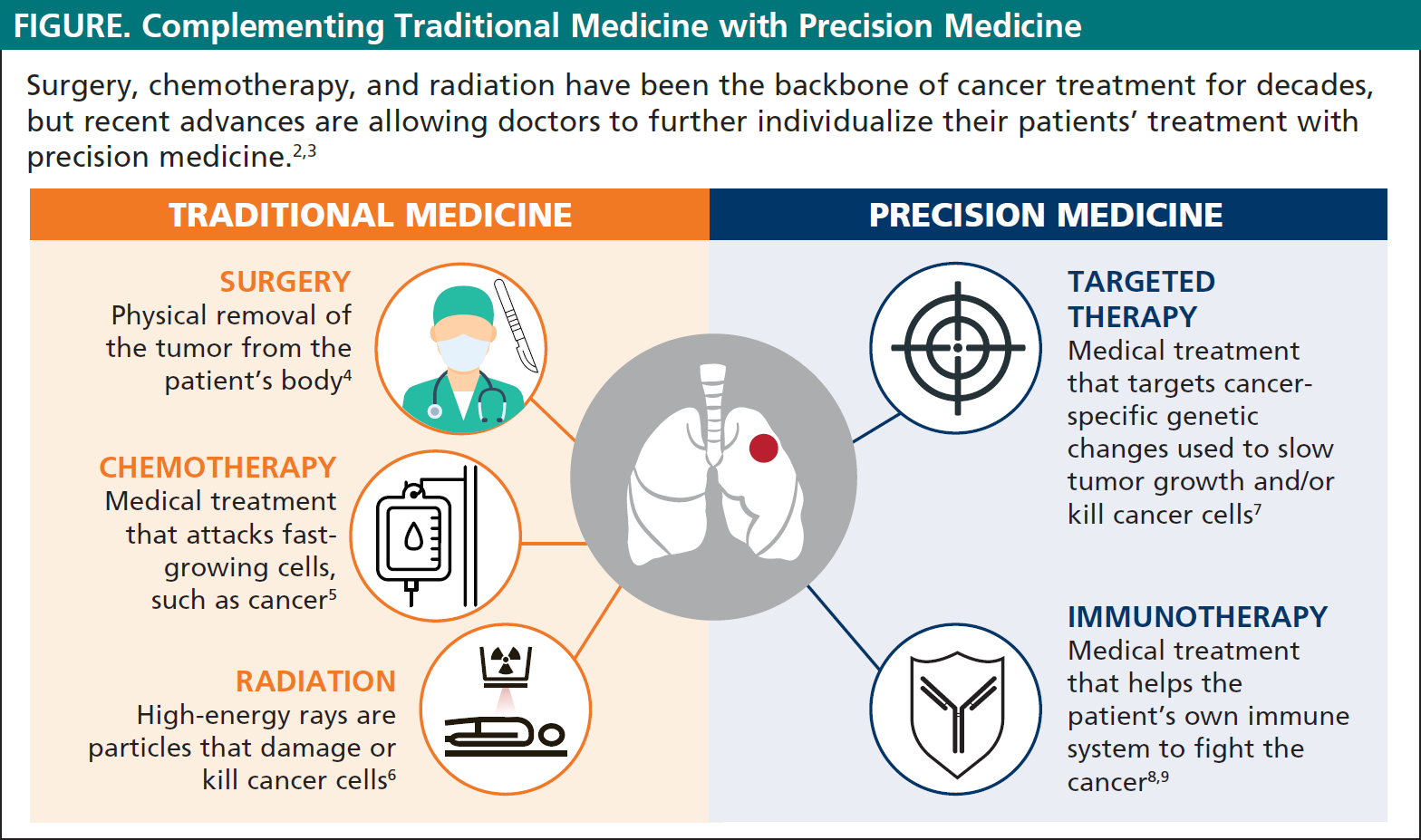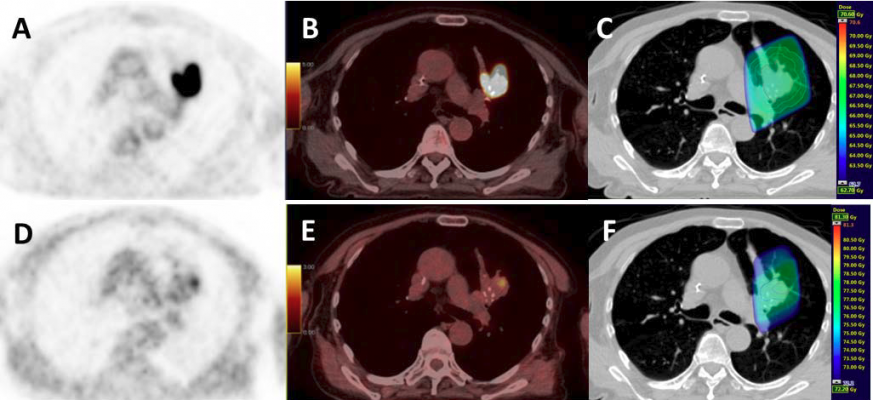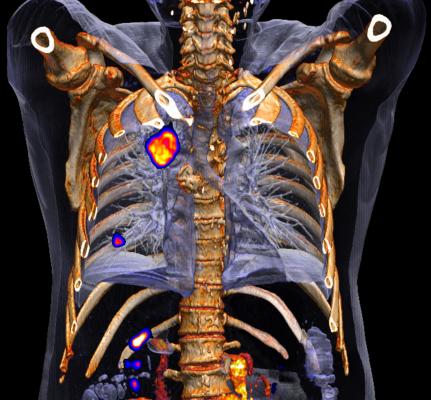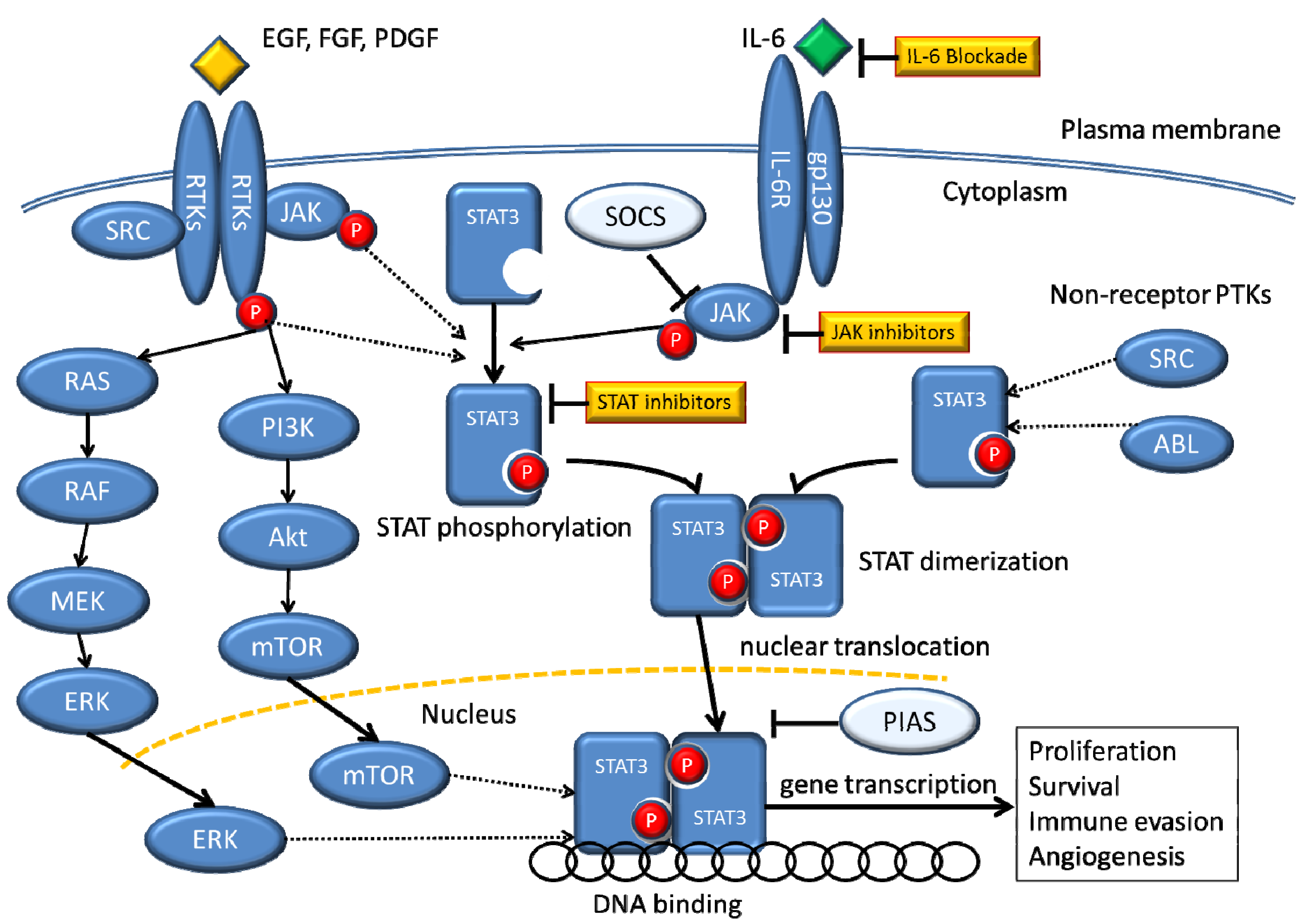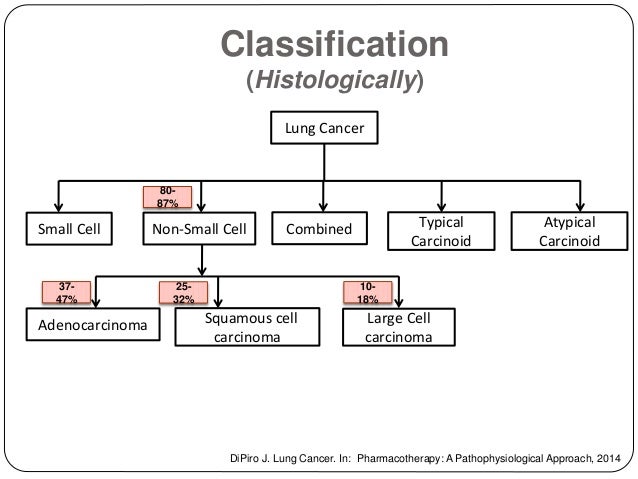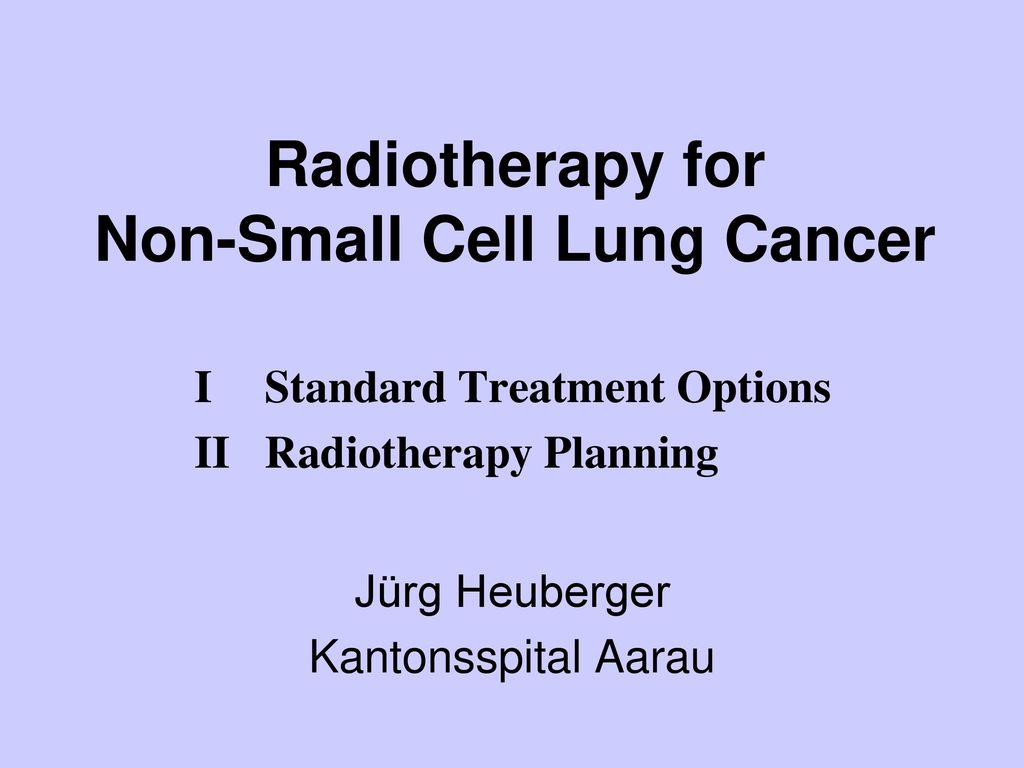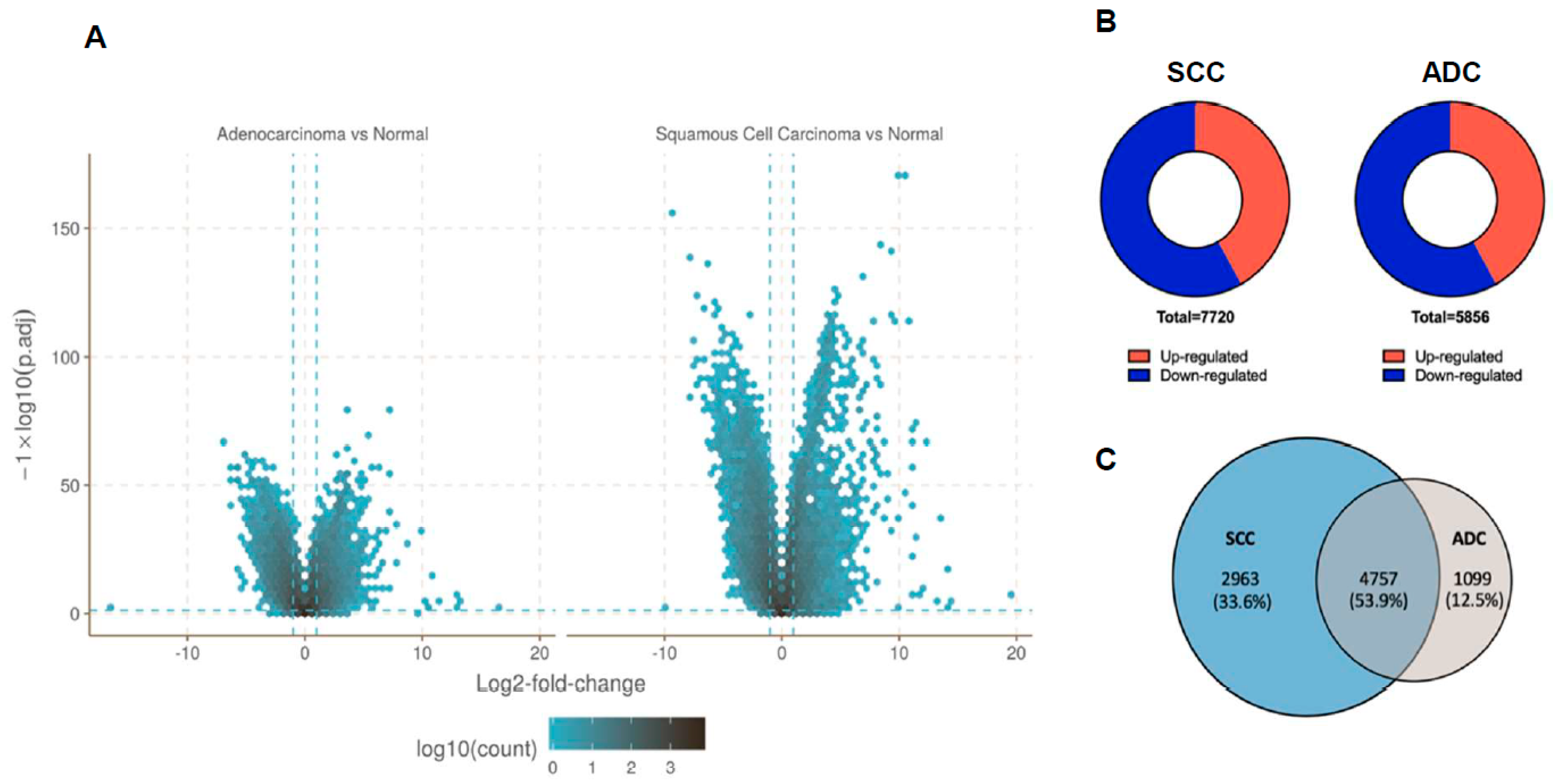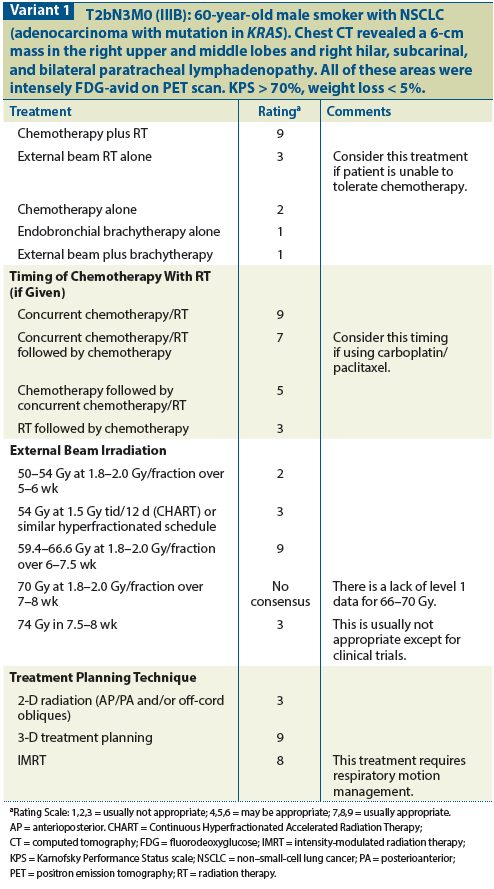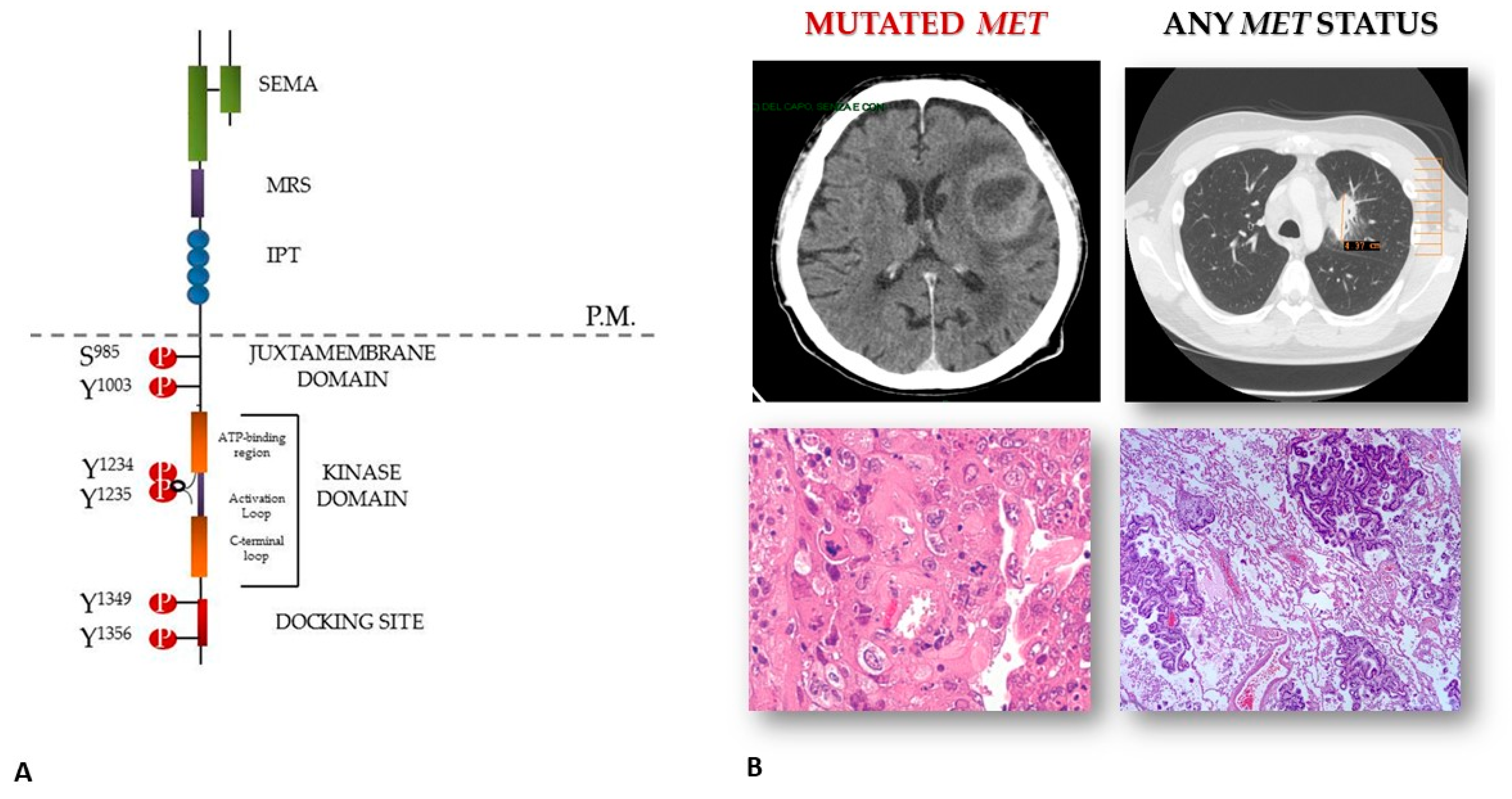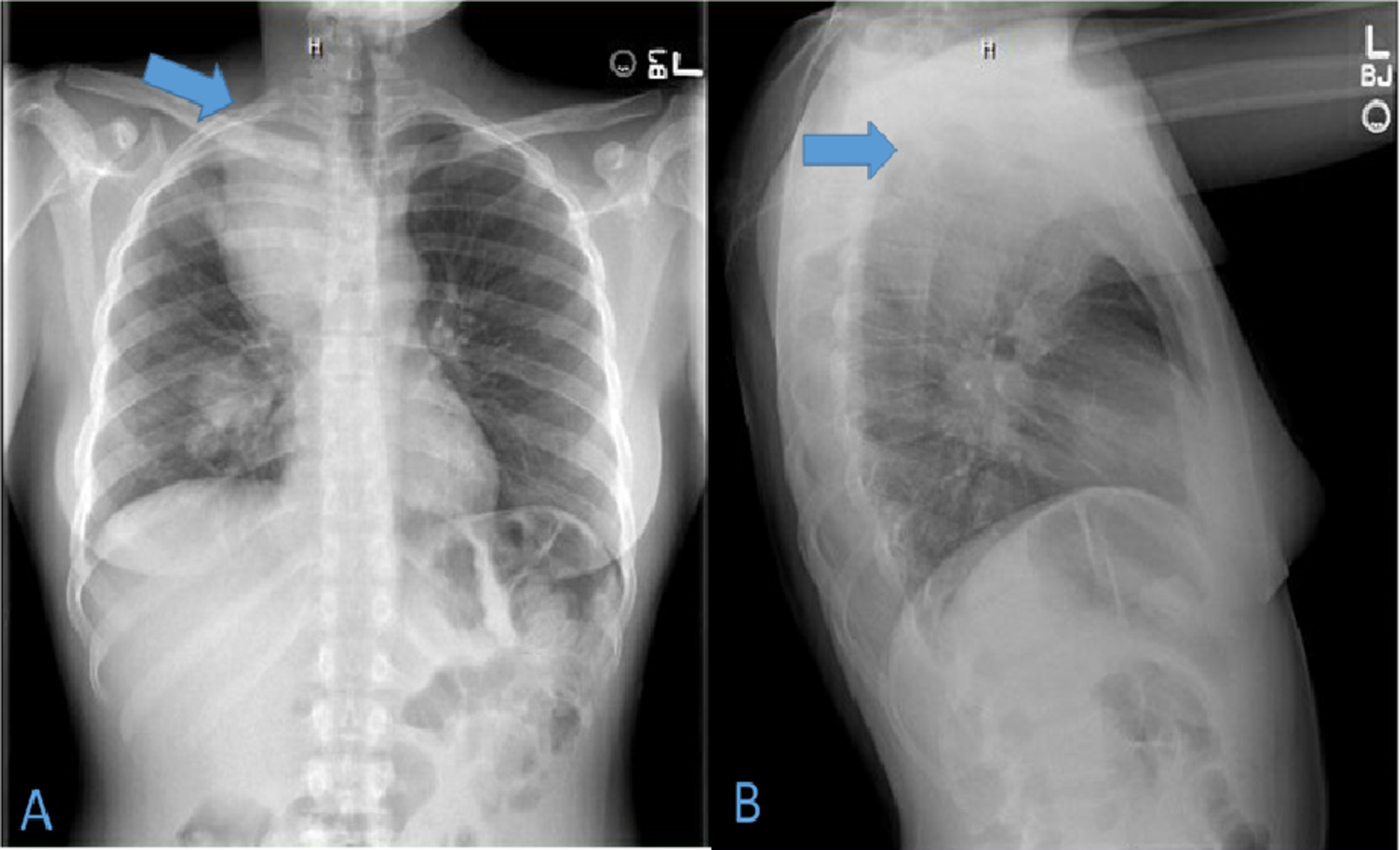Physicians at the md anderson proton therapy center are world leaders in the research and treatment of lung cancer and pioneers in developing proton therapy for the benefit of lung cancer patients.
Proton beam therapy for non small cell lung cancer.
Lung cancer remains the number one cancer killer among men and women in north america.
Bush conducted several clinical studies and followed patients for periods as long as twelve years.
Lung cancer today remains one of the leading causes of cancer related mortality worldwide with an estimated 222 500 new cases and 155 870 deaths expected in the united states in 2017 non small cell lung cancer nsclc is the most common histological subtype of lung cancer accounting for roughly 85 of all lung cancers radiation therapy is commonly utilized as part of a.
Slater md proton treatment and research center began using proton therapy for lung cancer in the mid 1990s teams led by dr.
Targets lung cancer with precise effective doses of radiation for successful outcomes in lung cancer treatment.
Non small cell lung cancer nsclc accounts for 85 of new lung cancer cases and has 5 year survival rates ranging from 92 in early stage disease to as low as 13 in locally advanced cases.
The five year survival rate is just 15 percent among those diagnosed with the disease.
Radiation therapy is a key component in the treatment repertoire for nsclc where it is currently used alone or in combinations with chemotherapy and surgery.
Chang jy verma v li m et.
The challenges of lung cancer treatment.
Proton therapy for lung cancer treatment.
An in silico comparison of proton beam and imrt for postoperative radiotherapy in completely resected stage iiia non small cell lung cancer.

